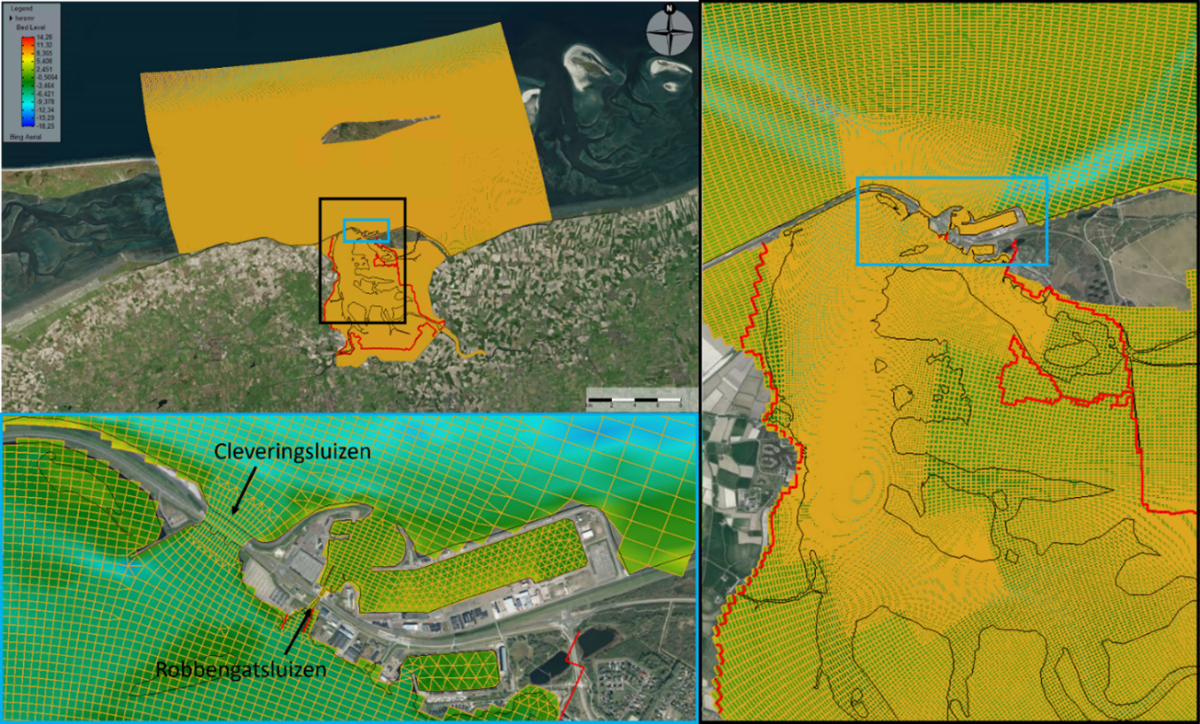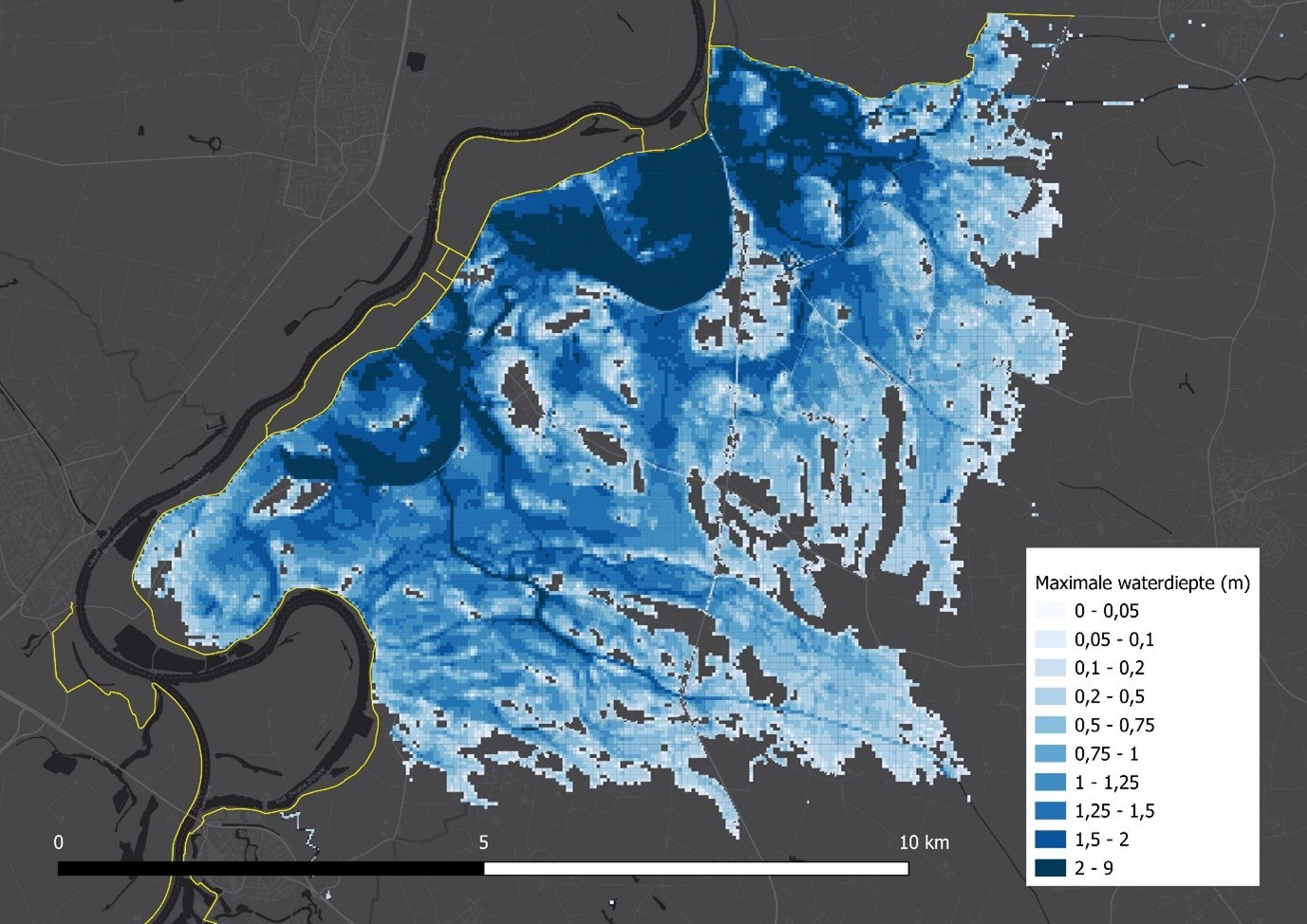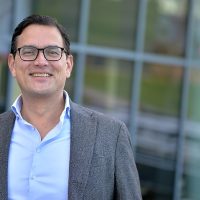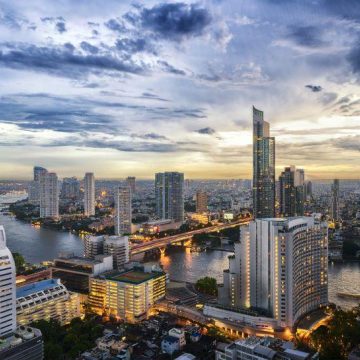Arcadis requalifies for Delft3D Certified Modelling Centre licence
Mick van der Wegen, Senior Advisor, conducted the recertification audit Delft3D Certified Modelling Centre 2024-2027 on behalf of Deltares. It was conducted along Good Modelling Practice (GMP) and two recently completed projects were audited. Below is a brief review of the elements of the audit.

Good Modelling Practice (GMP)
Jos van der Baan, coastal engineer at Arcadis, says that GMP is applied out of conviction at Arcadis. The GMP guidelines describe how models should be set up, developed, validated and reported within Arcadis. The 4-eye principle is used for quality assurance.
The Model Journal is the guiding document in the process. It describes the steps in model development, such as problem definition, model set-up, log of model tests, calibration and validation, log of runs and results. The Model Journal thus forms the basis of reporting to the customer.
Jos: ‘GMP strengthens the substantiation towards the customer and supports our internal training. It is part of our ISO quality management. The aim is for modellers to learn GMP from the proverbial spoon. GMP is used to consciously model, both objectively and subjectively. Objective because of substantiation and transparency, subjective because the tool is in the hands of someone who knows.’
Following this, Jos outlines the development of a GitHub site for the purpose of development and quality assurance of Python and Matlab tools used within Arcadis to set up models and analyse and present model results.
Auditor Mick van der Wegen is impressed with the organisation of the GMP system. ‘The GMP guidelines make a valuable contribution to quality assurance of modelling projects within Arcadis. Developments such as GitHub, SharePoint and Teams functionality offer opportunities to which Arcadis responds flexibly. In doing so, the GMP guidelines are regularly updated based on opportunities offered, developments and experiences.’
The second part of the audit looked at a 2D3D and 1D2D project.
Freshwater-salt modelling Lauwersmeer for the purpose of a chloride monitoring network
Lauwersmeer is a former sea, closed off since 1963 by means of the Cleveringsluizen (sluice gates). Since then, the Lauwersmeer is mainly a freshwater environment. However, for the benefit of the Water Framework Directive (WFD) objectives, it is desirable to create a natural freshwater-saline transition by opening the Cleveringsluizen even at high tide.
To gain knowledge of the system under such conditions, it is desirable to set up a chloride monitoring network. To design this monitoring network, a 3D fresh-salt model of the Lauwersmeer was set up with the D-Flow FM and D-Real Time Control modules of the Delft3D FM Suite 2D3D. This included the Clevering locks in the D-Real Time Control module, making the opening of the locks dependent on the gradient between the Wadden Sea and the Lauwersmeer. Sanne van der Heijden, Jos van der Baan and Rufus Velhorst of Arcadis were responsible for the modelling.
Impressive model with lots of functionality and with convincing results!
Auditor Mick van der Wegen


Flood modelling for dyke rings 47 to 51 with Delft3D FM Suite
This project for Waterschap Rijn en IJssel aims to calculate flood scenarios for the National Database on Flood Information (LDO). To this end, 1D2D flood models were created for each dyke ring in the Delft3D FM Suite 1D2D. The Rhine branches and larger water courses in the dike rings are schematised in 1D and the rest of the inner dike area in 2D. These components are laterally coupled (so-called 1D2D coupling). For this, close cooperation between 1D modellers and 2D modellers is crucial. The modelling team for this project consists of Arjon Buijert and Robbert de Lange for 1D and Jos van der Baan, Simone van Langen and Job Oude Vrielink for 2D.
In addition to internal communication, the client is also closely involved in the process to integrate the area knowledge and make the models usable for the water board even after the project. Finally, there has also been regular communication with Deltares for the purpose of deploying new (1D2D) functionality within Delft3D FM Suite and any bugfixing involved.
Auditor Mick van der Wegen: ‘Facilitated and stimulated by GMP, there is an open, constructive and communicative atmosphere within the presented projects within the modelling team, with the client and with Deltares as supplier of the knowledge tools. This fosters the necessary trust within the modelling community in which models come into their own and can be valued. GMP and especially the Model Journal has proven its value in this for efficient and effective internal communication, knowledge transfer and quality assurance.’

Recertification
The Arcadis modellers showed during the audit that the experience and expertise with Delft3D modelling is clearly present in them. Based on this, the conclusion is that Arcadis is eligible for recertification.



